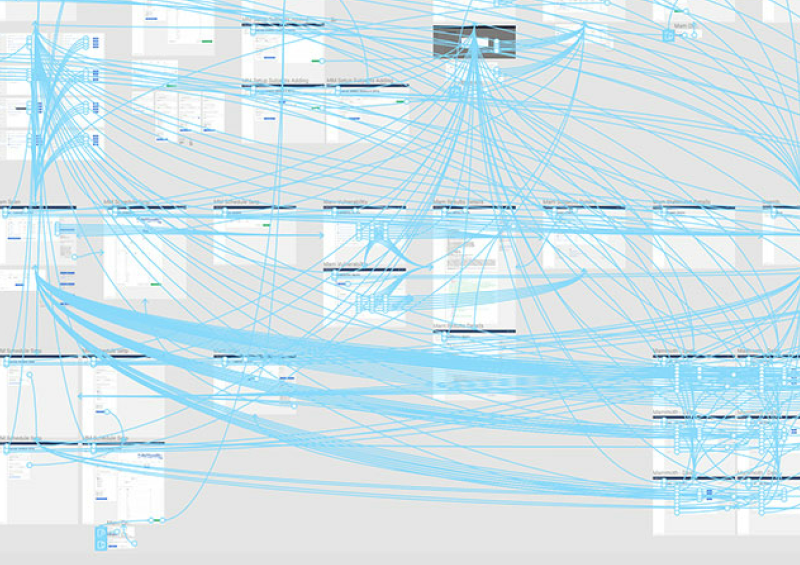Earlier in 2014 Google announced and launched their material design guidelines. The guidelines are amazing, they set a beautiful precedent for current and future apps and products.
A key part of the guideline is animation. Google has entire sections on interactions, meaningful transitions, and delightful details. These are all part of “animation” in the current guideline, but I think they are all meaningful. A major takeaway from the material design documentation is that animation should be rooted in real physics. Even though screen design does not necessarily need to look like real world items, it should behave, move and interact like they are a part of this universe, sharing the same laws of physics.
Animation is getting better and, more importantly, easier to do on the web, which in turn is shifting what was once a sea of static links and media into a web of meaningful animations.
Animation and interaction are important because they improve user experience and engage the user. User experience design is one of the biggest fields in web today and brands are spending a lot of money on it to edge out their competitors. Animation and interaction will be the next leap for web and UX and will determine which product a user chooses over another. Websites and apps will soon focus on delighting and engaging users. Many already do, spending significant money and time in animation and interaction design.




